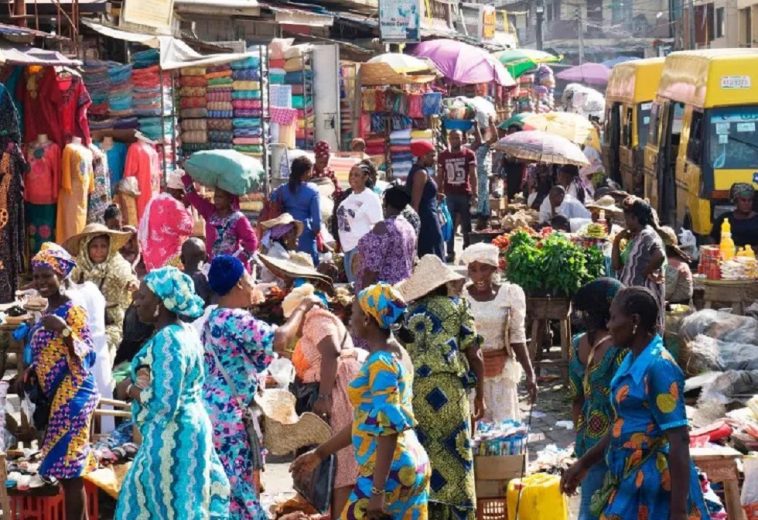“In the heart of Angola, where the lush landscapes meet the roaring cascades, lies a natural wonder that whispers the secrets of ancient times. Africa’s second largest waterfall stands as a testament to the raw beauty and uncharted magnificence of our planet.” – Dr. Miguel Silva, Geologist and Environmentalist.
Nestled in the remote expanses of Angola, where verdant landscapes blend seamlessly with the raw beauty of nature, stands a breathtaking marvel—Kalandula Falls. This majestic waterfall, Africa’s second-largest, captivates not only with its impressive scale but also with its profound cultural and ecological significance.
The story of Kalandula Falls is one of wonder and exploration. In early 2023, Ana Costa, a local explorer with a lifelong passion for Angola’s natural wonders, embarked on a journey to witness this awe-inspiring spectacle. Costa’s expedition, motivated by both heritage and curiosity, led her through Angola’s dense rainforest and rugged terrain. After days of navigating challenging conditions, she arrived at the magnificent Kalandula Falls. Towering 105 metres high and stretching 400 metres wide, the waterfall left Costa deeply moved by its grandeur. Her experience underscored the waterfall’s status as not only a natural wonder but also a cherished cultural treasure.
Located in Angola’s Malanje Province, Kalandula Falls, also known as Cascatas de Kalandula, is approximately 100 kilometres southeast of the city of Malanje. The falls, fed by the Lucala River, present a dramatic sight, especially during the rainy season when the water flow intensifies. The powerful mist and vibrant rainbows add to the spectacle, making it a visual masterpiece.
This natural wonder is not only a significant feature of the African continent but also holds deep cultural and historical importance. For centuries, Kalandula Falls has been integral to local communities and indigenous groups, who regard it as a sacred site imbued with spiritual significance. Local legends and folklore surround the falls, with many believing the roaring waters are the voices of ancestral spirits communicating with the living. This deep cultural connection highlights the importance of the falls as a symbol of spiritual heritage.
Ecologically, Kalandula Falls is situated in a region renowned for its biodiversity. The surrounding rainforest is home to a rich variety of plant and animal species, many of which are endemic to the area. This environment plays a crucial role in maintaining the ecological balance, supporting diverse wildlife, and contributing to the health of the Lucala River. Conservation efforts are essential to protect this delicate ecosystem, which involves managing tourism, reducing environmental impact, and promoting sustainable practices to safeguard both the natural landscape and cultural heritage.
Tourism has become a significant part of Kalandula Falls’ appeal, drawing visitors from around the globe. Around 30,000 tourists visit the site annually, with numbers peaking during the rainy season when the falls are most spectacular. This growth in tourism has led to the development of infrastructure, including accommodations and guided tours, improving accessibility and enhancing the visitor experience.
However, the rise in tourism also poses environmental challenges. Increased visitor numbers bring risks such as littering, habitat disruption, and deforestation, threatening both the natural and cultural integrity of the falls. Addressing these challenges requires a concerted effort to implement sustainable tourism practices, conduct environmental impact assessments, and involve local communities in conservation initiatives. By fostering responsible tourism and a culture of environmental stewardship, it is possible to balance tourism with the need to protect this remarkable natural wonder.
Looking ahead, the future of Kalandula Falls as a natural treasure and a key eco-tourism destination remains promising. Continued investment in conservation, infrastructure, and community engagement is essential to ensure the site’s long-term sustainability. Promoting sustainable tourism while preserving the falls’ natural beauty will be crucial in maintaining its status as a cherished landmark.
Kalandula Falls stands as a powerful reminder of the raw beauty and significance of our planet’s natural wonders. As conservation efforts continue, it will remain an inspiring symbol of Angola’s natural heritage and a testament to the enduring magnificence of the natural world.




